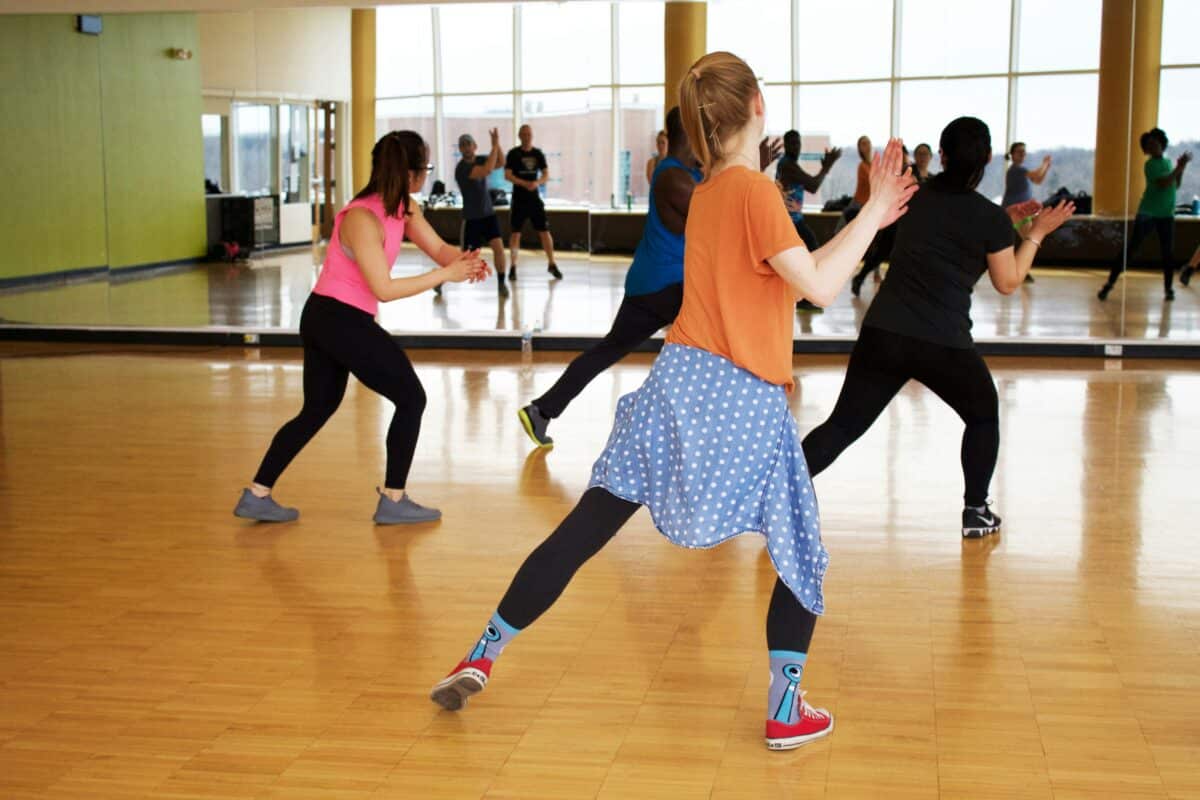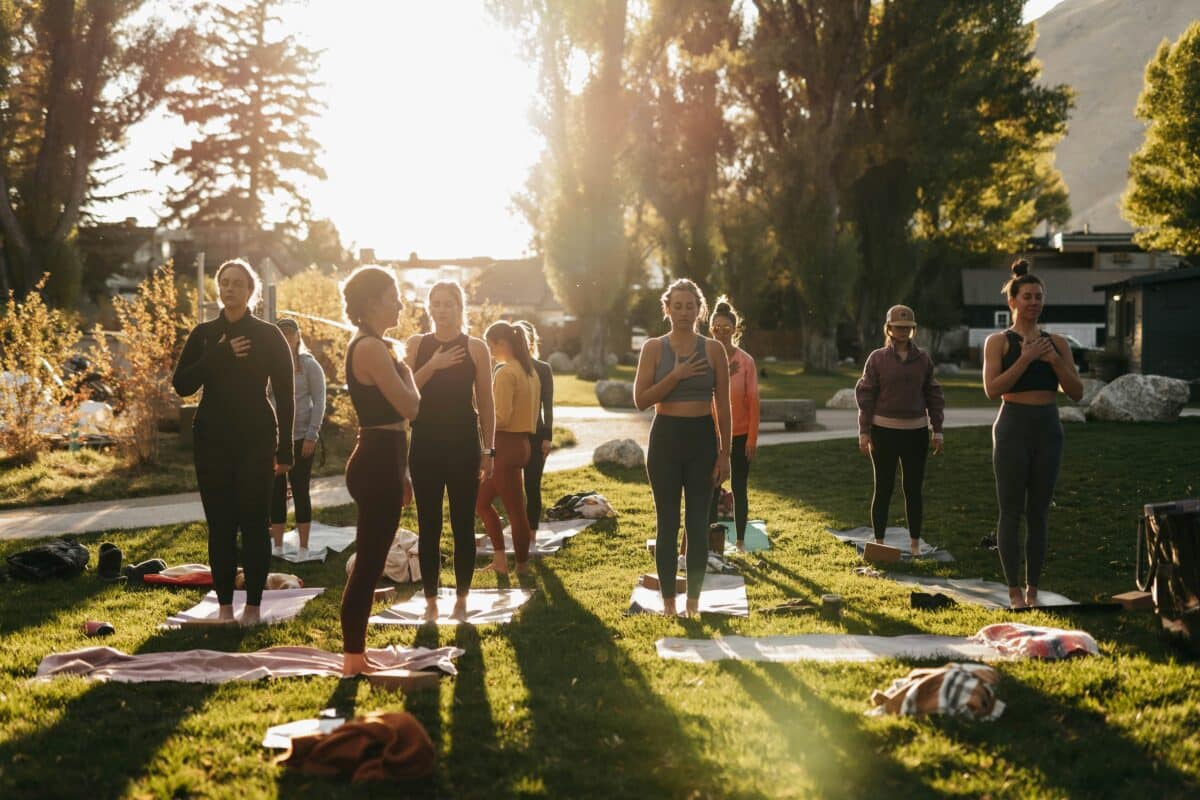The Power at the Roots: Women Leading Local Change
Across the globe, a quiet revolution is brewing. Not in grand halls of power, but in community gardens, neighborhood meetings, and kitchen tables – a revolution led by women. Grassroots women’s movements are tackling some of the most pressing issues facing communities, from environmental injustices to domestic violence, and they’re doing it with grit, determination, and a whole lot of heart.
From Backyards to Boardrooms: Local Issues, Global Impact
Grassroots women’s movements aren’t born in abstract conference rooms; they’re sparked by the everyday lived experiences of women. These leaders aren’t fighting for some distant cause; they’re fighting for the air their children breathe, the safety of the streets their daughters walk, the very survival of their communities. There’s an immediacy, a fierce protectiveness, that fuels their drive for change.
The beauty of these movements lies in their ability to respond to the unique needs of their communities. In one town, the fight might center on shutting down a polluting factory, demanding clean water, or securing safe housing. In another, it could focus on mentorship programs for girls, financial support for women-owned businesses, or advocating for stricter laws against gender-based violence. “Grassroots movements aren’t one-size-fits-all,” explains a social justice activist. “They’re as diverse as the communities they serve, and that’s their strength.”
Because these movements stem from a deep understanding of the challenges faced on the ground , their strategies are often incredibly effective. They know where the gaps in services are, who the real decision-makers are, and how to rally their community around a cause. “These women aren’t just demanding change,” says a local politician who frequently collaborates with grassroots movements, “they’re presenting solutions that actually work for their community.”
Rooted in Community, Reaching for Solutions
Grassroots movements aren’t just about protests and petitions (though those have their place); they’re about action. These women understand that change doesn’t happen overnight. It takes knowledge, resources, and a deep commitment to working alongside the community. “It’s not about swooping in and saving the day,” says a seasoned community organizer. “It’s about building capacity, fostering leadership, and creating sustainable solutions that the community truly owns.”
The actions these movements take are as diverse as the issues they address. They might hold workshops teaching residents how to test their water for contaminants, create mentorship programs connecting young women with successful female role models, or train volunteers to offer support services to domestic violence survivors. “The goal is to empower, not just provide handouts,” explains the founder of a women-led initiative dedicated to economic justice.
These movements are also deeply committed to advocacy that makes a real difference. They might organize residents to testify at city council meetings, lobby decision-makers for policy changes, or launch public awareness campaigns to change hearts and minds. Grassroots movements understand that change requires not just addressing immediate needs, but tackling the underlying systemic issues that perpetuate them.
One of the strengths of grassroots movements is their ability to shine a light on issues that might otherwise be ignored. “Women are often the ones most affected by environmental degradation, economic inequality, and social injustice,” explains a sociologist. “Grassroots movements give them a platform to speak up and demand change.”
These women are holding local authorities accountable, forcing corporations to take responsibility for their environmental impact, and challenging outdated social norms. They’re proving that real change often starts small, but can have a ripple effect that spreads far and wide.
The impact of these movements extends beyond immediate results. They’re fostering a sense of empowerment and leadership among women, especially those who might not have traditionally seen themselves as change makers. “It’s about creating a future where women have a seat at the table, not just in their communities, but in all levels of decision-making,” says a women’s rights advocate.
These movements are a testament to the power of collective action. They’re a reminder that even ordinary women, with a passion for change, can make a real difference in the world, one community at a time.










